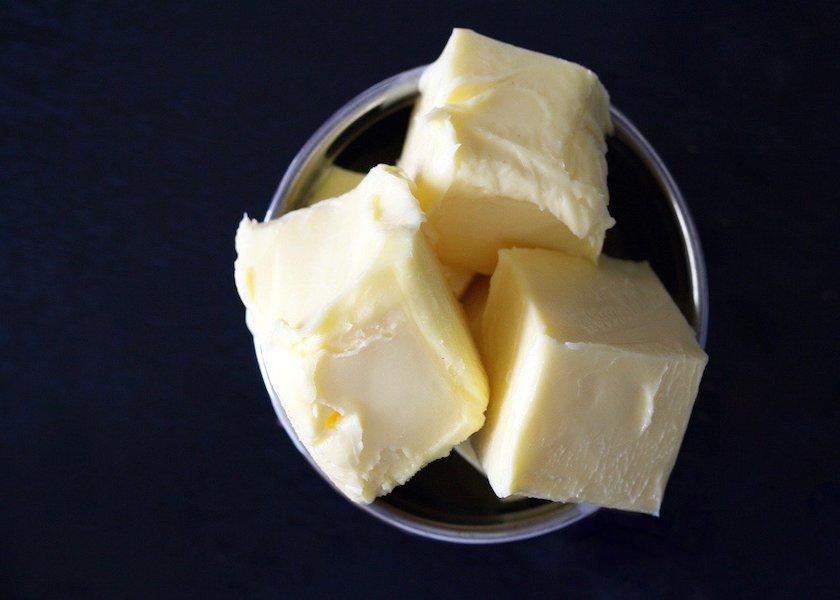High Demand Fails to Offset National Butterfat Surplus

Demand for butter has remained surprisingly high through the pandemic. According to USDA commercial disappearance data, despite the ongoing struggles of the nation’s foodservice sector, sales of butter are up and purchases of other full-fat dairy products have been strong, says Sarina Sharp, analyst with the Daily Dairy Report.
“Clearly, the pandemic had increased retail demand for high-fat dairy products, which suggests that demand for butter and milkfat could have little upside even if vaccines allow for recovery in the foodservice sector,” says Sharp. “Given the current heavy butter inventories and formidable cream output, U.S. butter values are likely to remain low for some time.”
The current supply of cream is the combined result of this year’s high butterfat content in milk and increasing production. “Even in May, when U.S. milk output fell short of year-ago levels, cream output exceeded the prior year due to unusually high butterfat tests,” Sharp says. “Dairy producers and processors likely dumped skim milk but saved some of the cream amid crippling disruptions to the supply chain at the height of the lockdown and spring flush.”
Butterfat tests, which were remarkably high this past fall, tend to be highest in November and December, Sharp notes. In November, average butterfat tests hit an all-time high of 4.05%, and for the January through November period, the butterfat component of milk averaged 3.91%, up 0.3% from the comparable period in 2019, according to USDA data.
“Strong growth in milk output in the second half of 2020 has accelerated the increase in cream supplies,” Sharp adds. More than 150 million pounds, or 1.6%, of additional cream was produced from January through November 2020, compared with comparable period in 2019. For July through November, however, year-over-year cream output was up an impressive 2.8%.
“A resurgence in demand for full-fat milks and cream-laden dairy products is helping to absorb some, but not all, of the increase in butterfat,” Sharp notes. For instance, she says, higher sales of 2% milk through October along with greater demand for whole milk used an additional 24 million pounds of cream, compared to sales of these products in the first 10 months of 2019. Manufacturers also ramped up output of full-fat cottage cheese, sour cream, and regular hard ice cream in the second half of 2020, she adds.
“The cream surplus has weighed heavily on butter and milkfat values,” Sharp says. In 2020, CME spot butter prices plunged briefly to an 11-year low and spent considerable time below $1.50/lb., a price not seen since 2013. In addition, the 2020 Federal Milk Marketing Order (FMMO) butterfat price averaged less than $1.71, its lowest annual average since 2012.







